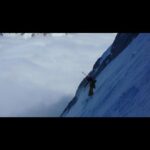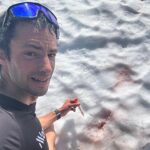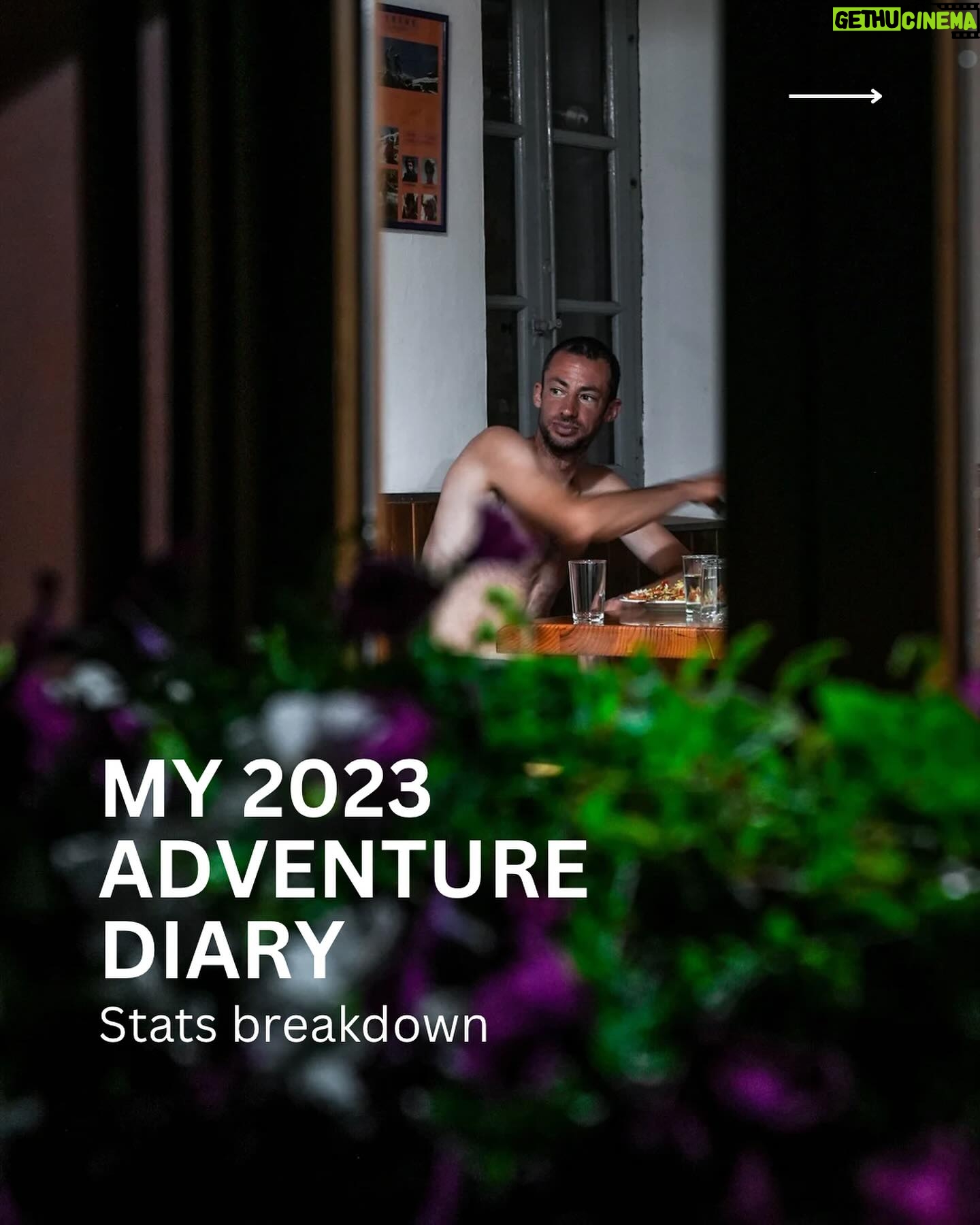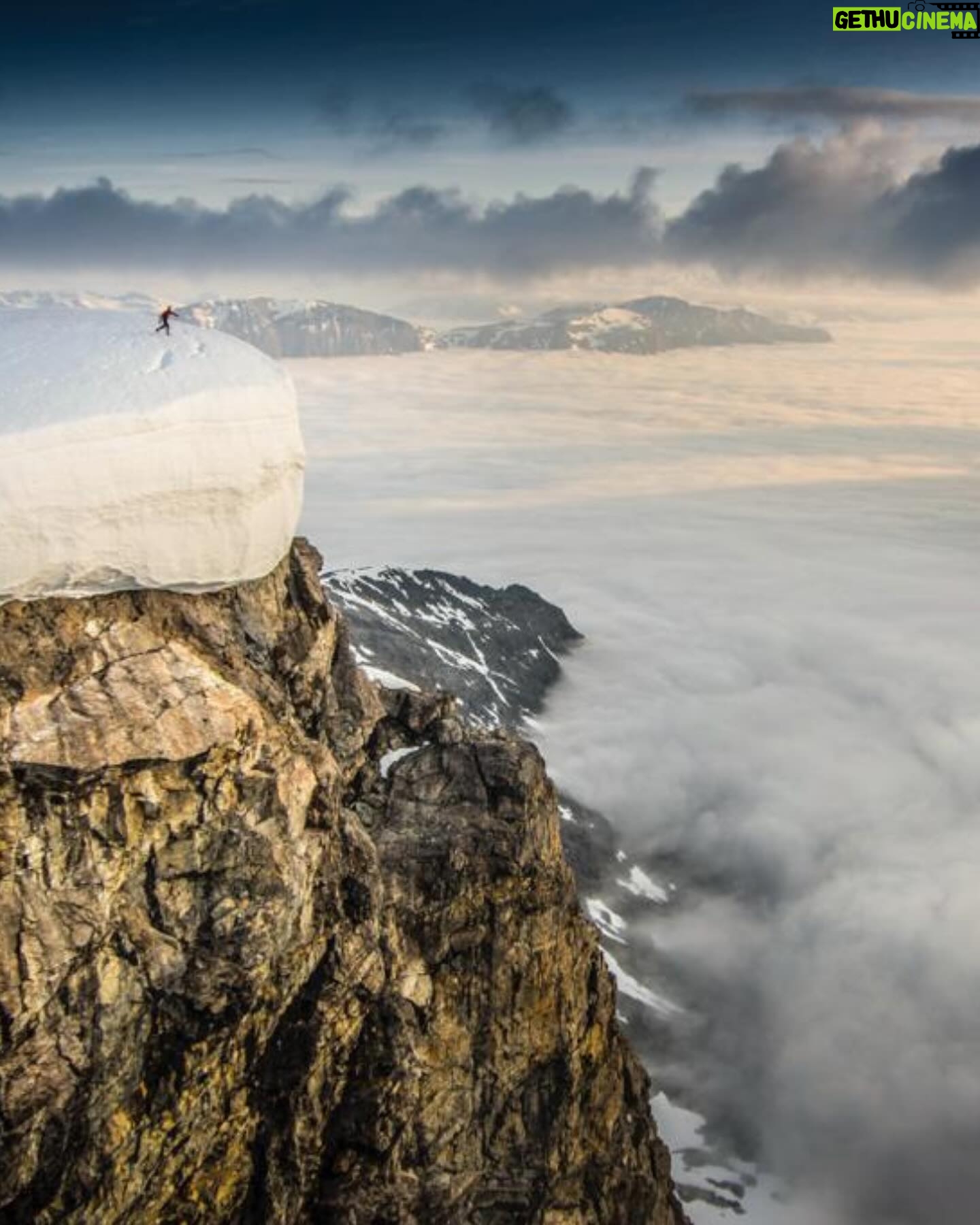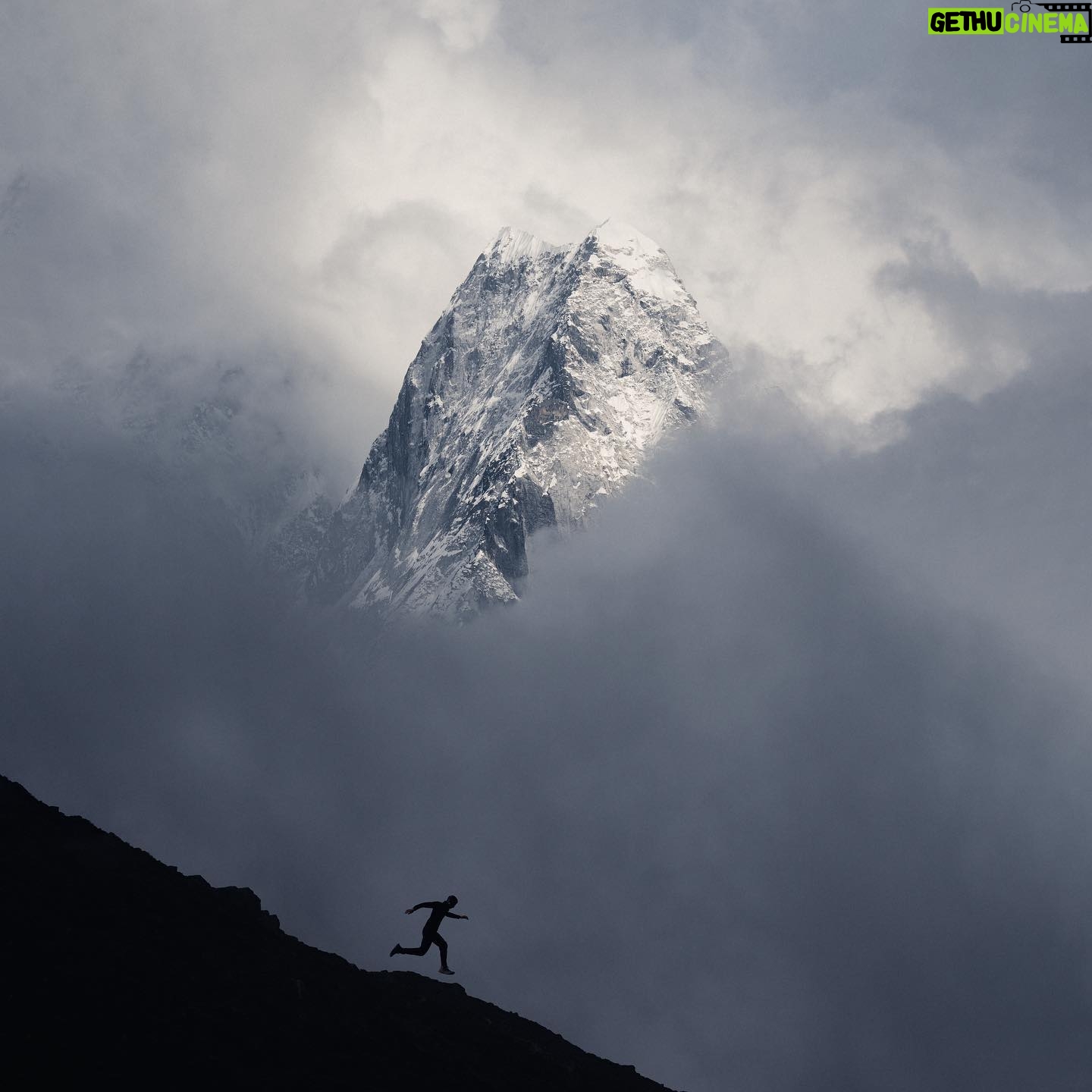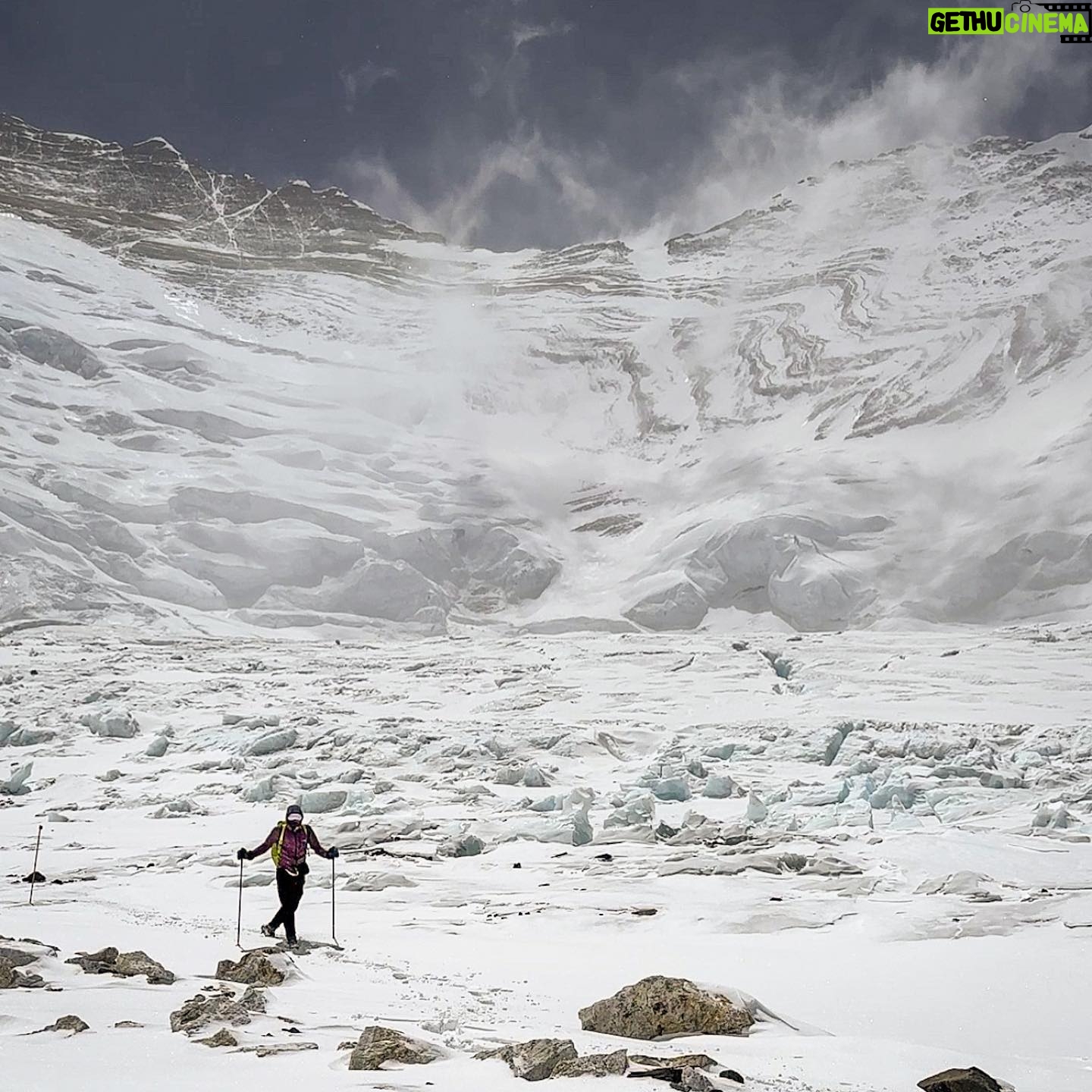Kilian Jornet Instagram – Leaving for a tour in the West Ridge of Everest. It was a lot of unknowns. How the route was. How conditions would be.
Two of the things that occupies the mind the last days before a push are what will be the final equipment to carry and what will be the strategy. You want to have sufficient gear but keep it light to be able to progress quickly. And a strategy that keeps you the safest:
Equipment:
– Safety pack ( in case need to get down from difficult places) 5mm 30m rope, 1 ice screw, 1 avalakov hook, 1 safety carabiner, 1 sling. Helmet.
– to keep warm: merino tights, active pants, down pants. @nnormal_official Merino teeshirt, active jacket, 3 down jackets. Buff, hat, airtrim mask. thin gloves, insulated gloves, down mittens. 2 pair of socks ( 1 in case gets wet), boots ( I took a 6000m kind of boot to be more precise) insulated-neoprene overboot.
-progression: crampons, 2 ice axes with slings ( to prevent loosing them, in altitude is easy to do some stupid mistakes)
– night: @moonlightmountaingear 2000 lamp with 2 batteries ( one extra in case)
– Sun: protection 4 cat goggles, 90 suncream, 50 lipstick.
– film and coms: @gopro hero 11 and max. Satellite gps. @corosglobal vertix.
-food and fluid: 20 pieces of food (gels, bars, nuts cream… ) 4L of water with @maurten_official mix.
– Strategy: I started from Basecamp after breakfast ( to ensure having a good “long” night ) and went to camp 2. There rested during the day waiting for the evening. At 17h I started climbing towards the west rib. I wanted to climb that section during the night to avoid being to warm -sweat- and minimize the avalanche and rockfall risk. Then higher up, I wanted to have daylight to get to the Hornbein entry to make easier the route finding. Climbing in the night is great, a bit less danger on hazards and if you keep moving there’s rarely too cold, and then during the day with warm temperatures is easy to take a nap if needed without tent or sleeping bag, saving some weight.
During the push things always change, so it’s important to have some margin and resources ( technical, experience, gear…) for all the possible “ if’s” to stay alive and go down.
📷 @bertranddelapierre | Posted on 19/Jun/2023 23:01:54


